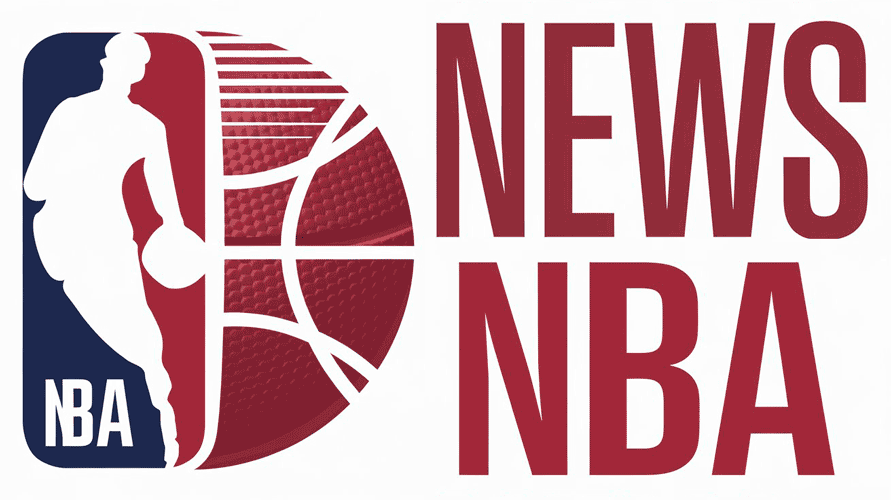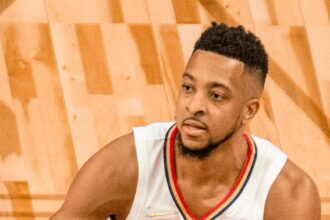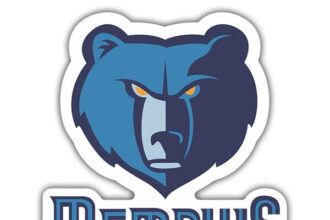Sacramento Kings center Domantas Sabonis is set to miss a minimum of three to four weeks following a partial meniscus tear in his knee, the team confirmed on Tuesday. The injury, sustained during recent play, is expected to sideline the All-Star forward during a critical stretch of the NBA season. Sabonis’ absence poses a significant challenge for the Kings as they look to maintain momentum in a fiercely competitive Western Conference. Further medical evaluations will determine the precise timeline for his return.
Sacramento Kings Face Significant Setback as Domantas Sabonis Diagnosed with Partial Meniscus Tear
The Sacramento Kings have been dealt a significant blow as their star center, Domantas Sabonis, will be sidelined for at least 3 to 4 weeks due to a partial meniscus tear in his knee. The injury was confirmed following a thorough medical evaluation, prompting the team to announce an immediate rest and rehabilitation period for Sabonis. His absence leaves a substantial gap in the Kings’ lineup, particularly in the frontcourt where his contributions on both ends of the floor have been pivotal. This setback arrives at a critical juncture of the season, as Sacramento aims to solidify its standing in the competitive Western Conference.
To manage the impact, the Kings will need to adjust their rotation and rely heavily on bench players to fill the void. Key coping strategies include:
- Increased minutes for backup big men such as Richaun Holmes and Tristan Thompson
- Enhanced defensive schemes to compensate for Sabonis’ absence inside the paint
- Offensive adjustments focused on perimeter shooting and ball movement
| Player | Season Averages (PPG / RPG / APG) | Role Change |
|---|---|---|
| Richaun Holmes | 10.2 / 7.5 / 1.2 | Likely increased minutes as starting center |
| Tristan Thompson | 4.8 / 5.0 / 1.0 | More bench presence, rebounding focus |
| Keegan Murray | 13.0 / 5.5 / 1.5 | Expanded small forward responsibilities |
Impact on Team Dynamics and Playoff Prospects Without Key Center
The absence of Domantas Sabonis presents an immediate challenge for the Sacramento Kings, as the team loses not only a dominant interior presence but also a versatile playmaker who anchors both offense and defense. Sabonis’ unique ability to facilitate the offense from the center position allows the Kings’ perimeter players to thrive with increased spacing and ball movement. Without him, Sacramento must recalibrate its approach, leaning on less experienced players to fill the void in rebounding, pick-and-roll execution, and rim protection.
Adjusting to this loss will require strategic tweaks and greater contributions from bench players. Key areas of focus include:
- Defensive rotations: Ensuring active rim protection to compensate for Sabonis’ absence in the paint.
- Offensive ball distribution: Maintaining fluid ball movement to prevent offensive stagnation.
- Rebounding responsibilities: Collective effort to secure boards and initiate transition plays.
| Key Metrics | Sabonis On-Court | Without Sabonis |
|---|---|---|
| Rebounds per Game | 12.8 | 8.5 |
| Assists per Game | 6.5 | 4.3 |
| Points in Paint | 24.2 | 18.7 |
These figures illustrate the significant drop-off the Kings face, emphasizing Sabonis’ integral contribution to the team’s success. Given the competitive Western Conference landscape, maintaining playoff positioning without their star center will demand resilience and adaptability from both coaching staff and players. How the Kings navigate this period could very well shape their postseason trajectory.
Medical Experts Recommend Rehab Protocols and Caution on Return Timeline for Knee Injuries
Medical professionals emphasize a cautious approach when managing partial meniscus tears like the one sustained by Domantas Sabonis. Rehabilitation protocols typically prioritize reducing inflammation and pain during the initial stages, followed by carefully structured physical therapy aimed at restoring knee mobility and strength. Experts unanimously agree that rushing athletes back onto the court can increase the risk of re-injury or chronic knee issues, recommending a stepwise progression through the following phases:
- Acute Phase: Rest, ice, compression, and elevation (RICE) alongside pain management.
- Recovery Phase: Controlled range-of-motion exercises and low-impact strengthening.
- Functional Training: Sport-specific drills before gradual return to play.
Recovery timelines can vary significantly based on injury severity and individual response to treatment. While Sabonis’ three-to-four-week absence fits within typical expectations for a partial meniscus tear, medical experts caution that premature activity can lead to setbacks. The decision to resume competitive play should be carefully coordinated between the player’s medical team, trainers, and coaching staff, guided by a combination of clinical assessments and functional testing.
| Rehab Phase | Focus | Expected Duration |
|---|---|---|
| Inflammation Control | Swelling & Pain Reduction | 1-2 Weeks |
| Mobility Restoration | Range of Motion & Strength | 2-3 Weeks |
| Functional Return | Sport-specific Movements | 1-2 Weeks |
To Conclude
As the Sacramento Kings navigate the challenges ahead without Domantas Sabonis, the team will look to adjust its lineup and strategies during his expected 3-4 week absence. Sabonis’s recovery and return will be closely monitored, with fans and analysts alike hoping for a swift and full comeback. The Kings remain focused on maintaining their competitive edge as they await the return of their key center. CBS News will continue to provide updates on Sabonis’s status and the team’s progress throughout the season.














